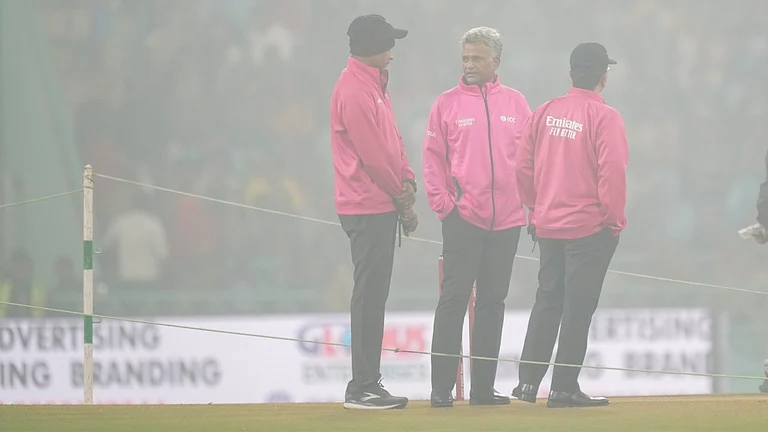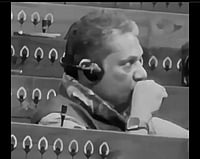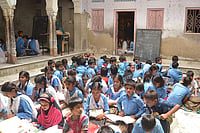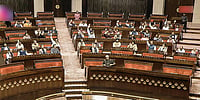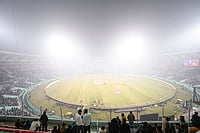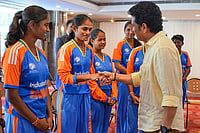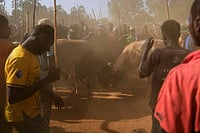The Janata government that came to power at the end of the Emergency was as splendid in its achievements as it was sordid in its decline. One of the worst consequences of its disarray was the rise in communal tension, and we made it a point to cover the story, wherever it be. The call was from Nikhil Chakravartty. He congratulated us on a report from Jamshedpur in which we had exposed precisely who, among both Hindus and Muslims, had been responsible for the riots. You have also killed the old shibboleths, he added.
Later, in his cluttered, book-heavy apartment where youngsters were always welcome, sometimes for breakfast, sometimes for rum, he told me how his own journalism was shaped by his experience of the Calcutta killings of 1946, the savage riots that made Partition inevitable. I was looking forward, therefore, to reading some of his pieces from that devastating moment of history. But this incisive collection is really about themes across borders.
Quite coincidentally, this makes the book especially relevant now, because once again we hear the stirrings of that dangerous siren called hope. Dangerous because she seduces and betrays in turns, and sometimes her song suggests that there may not be much difference between the two. Chakravartty had exemplary clarity about the disease of communalism, and his conviction was free from the luring chains of power that so easily wrap journalists who spend their lives in the capital. He was, like all leftists of his generation, seduced only once—by the promise of Indira Gandhi. When the betrayal came, he made sure it would never be repeated.
This book, then, is not about the problem, but about the solution. He was an idealist, of course, but that did not make him woolly-headed. He did not believe that Pakistan could be frog-marched, or entranced, towards unity with India. Nor, unlike, say, Jayaprakash Narayan, was he ready to accept virtually every demand made by Sheikh Abdullah on Jammu and Kashmir, simply because Sheikh Sahab was a genius with unimpeachable secular credentials. He knew that the imperatives of the Indian state would demand their own options.
The opening two pieces were written during that brief summer of hope in 1964 when Nehru made a bold effort to involve Sheikh Abdullah in a tripartite effort to find an answer to the Kashmir question that would satisfy all sides. What a pity then that there is no follow-up. Dramatic events followed, with the death of Jawaharlal shattering the initiative, since there was no one else with the will to tread the delicate lines on such a difficult route map.
I was disappointed that there was no analysis of Nehru’s loss, a cataclysmic event in the context of 1964. Instead we jump to August 1965, without pausing at the Rann of Kutch where Pakistan enjoyed some military success—leading her country’s establishment to believe that victory was certain in a larger war. It is instructive to learn that Pakistan’s autumn adventure in 1965 began with the seizure of three posts in Kargil. Then, as 25 years later, we took them back. An informative piece like the one written on August 17, 1974, which breaks the news of an agreement between Sheikh Abdullah and Indira Gandhi, only goes to prove how invaluable the pieces that are not in the book would have been.
In a sense, Kashmir is the heart of this book, rather than India-Pakistan relations. Chakravartty saw the problem with the heart of a liberal and the mind of a realist, at a time when so many of his contemporaries had the heart of a sectarian and the mind of a fantasist. As we enter another season of nervous optimism, these remain the only qualities that justify some measure of hope.








